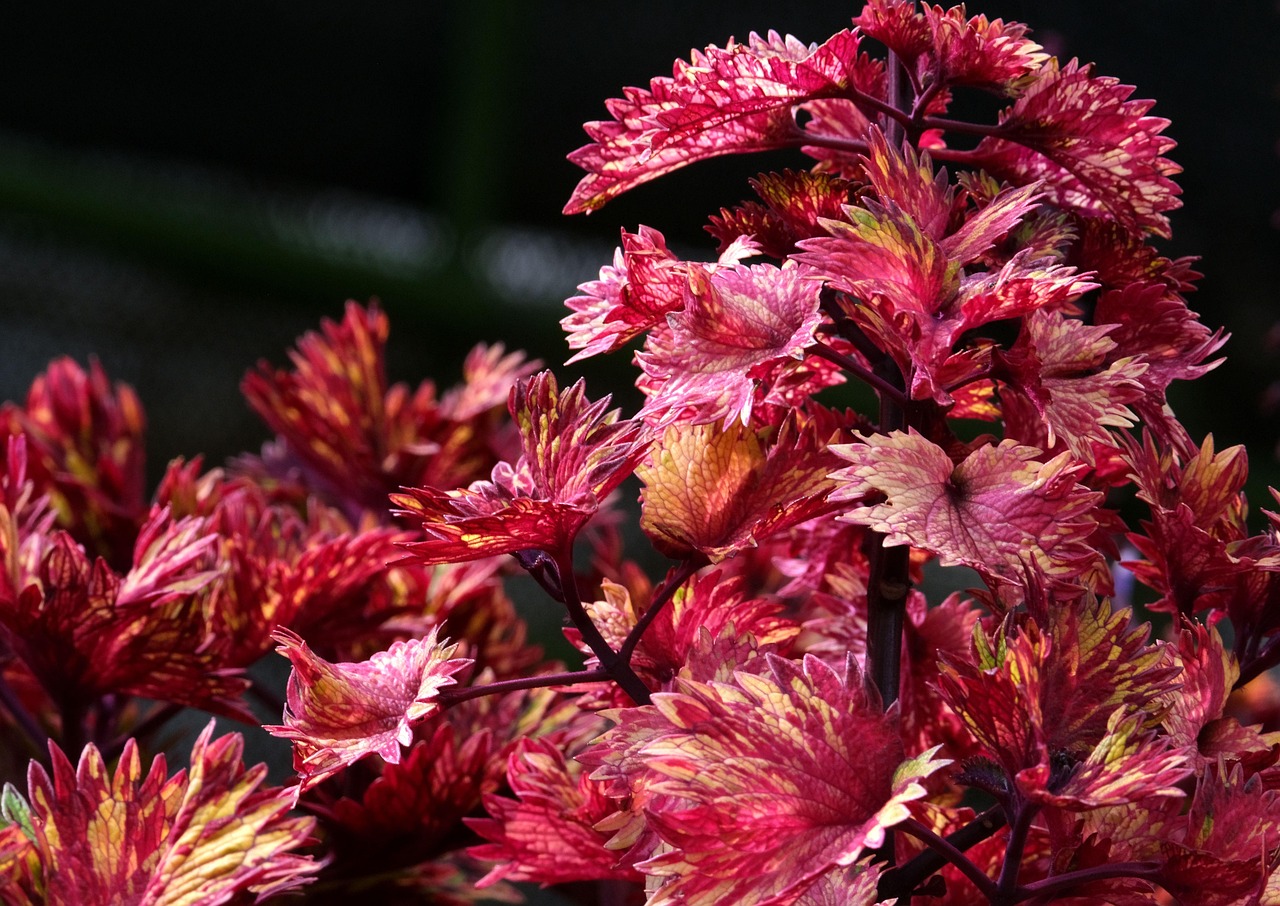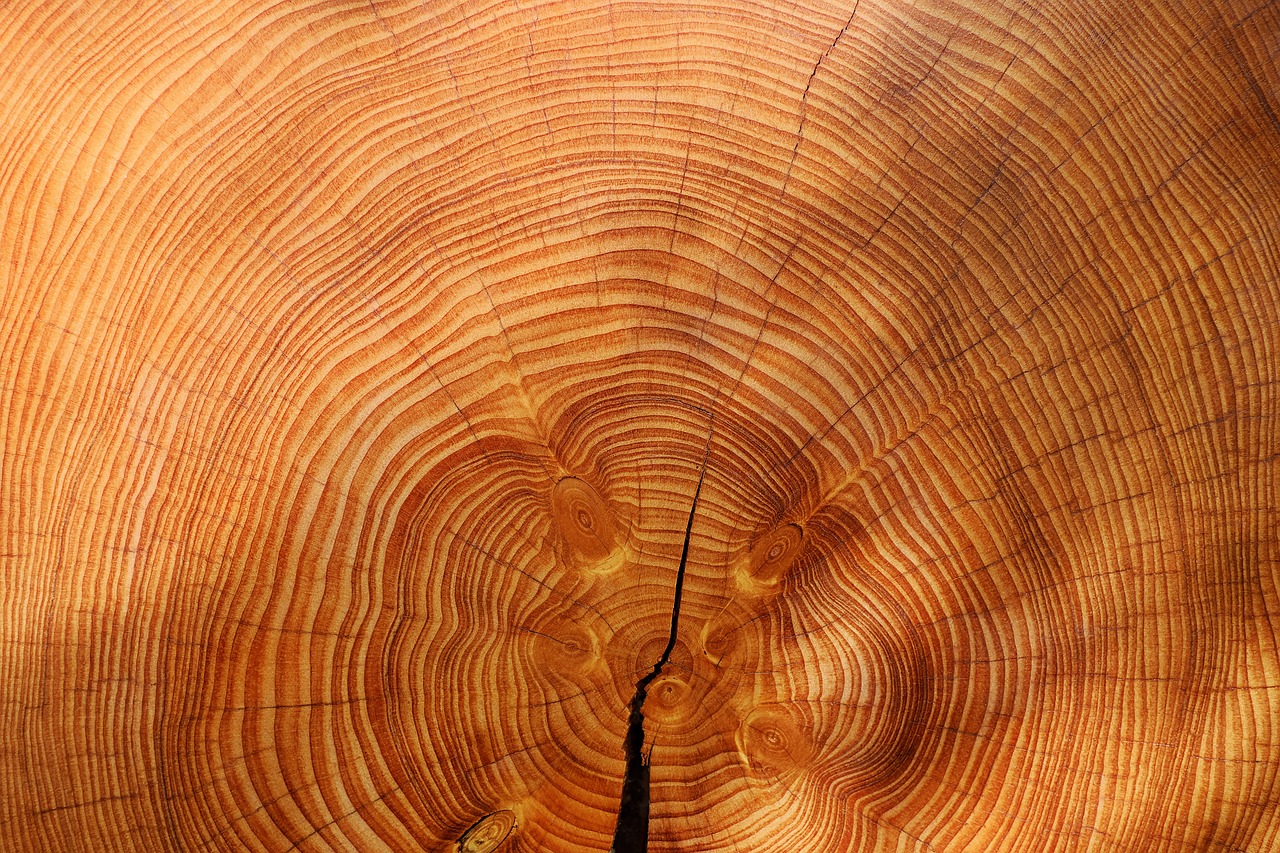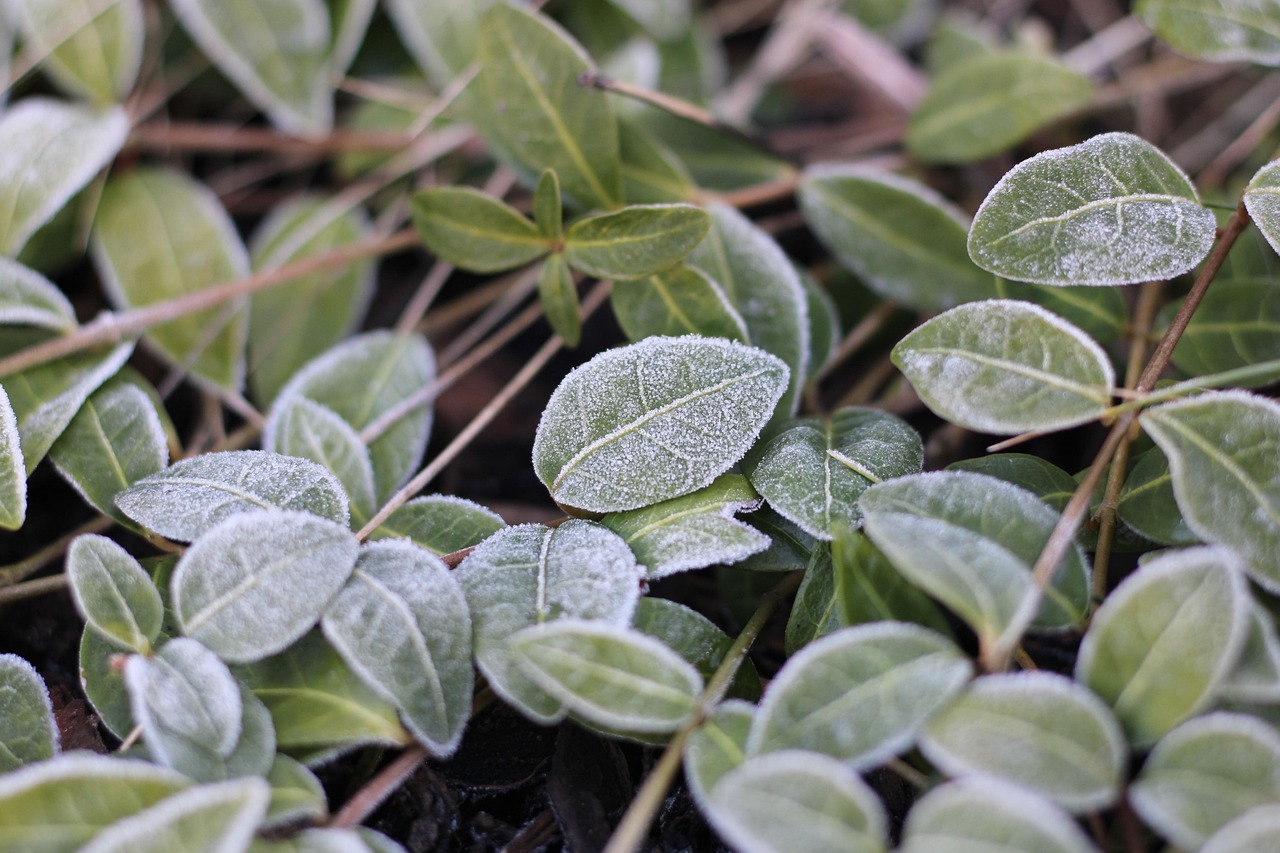Arborvitae trees typically grow at a rate of 3 to 5 feet per year, making them an excellent choice for creating a fast-growing privacy hedge. Their dense foliage provides effective screening, enhancing privacy in residential spaces.
When considering options for a privacy hedge, the Arborvitae tree stands out due to its rapid growth and lush appearance. These evergreen trees are known for their ability to thrive in a variety of conditions while providing year-round greenery. Homeowners often select Arborvitae for landscaping projects aimed at creating barriers against noise and visibility, as they can quickly reach heights suitable for effective privacy. Understanding their growth rate is essential for planning and maintaining an ideal hedge.

The growth rate of Arborvitae can be influenced by several factors including soil quality, sunlight exposure, and watering practices. In optimal conditions, these trees can reach their mature height of up to 60 feet, although most homeowners prefer to keep them trimmed to a more manageable height for privacy purposes. Here are some important aspects to consider:
| Factor | Impact on Growth Rate |
|---|---|
| Soil Quality | Rich, well-drained soil promotes faster growth. |
| Sunlight | Full sun exposure encourages robust growth. |
| Watering Frequency | Consistent moisture supports healthy development. |
| Climate | Hardy in various climates, but extreme conditions may slow growth. |
Understanding Arborvitae Varieties
There are several varieties of Arborvitae, each with unique growth characteristics. Common types include the Eastern Arborvitae, Western Arborvitae, and the Pyramidalis variety. Each variety offers different heights and widths, which can affect their suitability for specific landscaping needs. Here is a brief overview of some popular varieties:
- Eastern Arborvitae (Thuja occidentalis): Grows 20 to 30 feet tall and 10 to 15 feet wide. Ideal for traditional hedging.
- Western Arborvitae (Thuja plicata): Reaches heights of 40 to 70 feet with a spread of 15 to 25 feet. Suitable for larger spaces.
- Pyramidalis Arborvitae: A compact variety growing 10 to 15 feet tall and 3 to 5 feet wide. Great for tight areas.
The choice of variety affects not only the growth rate but also the overall appearance of the hedge. Eastern Arborvitae has a classic pyramidal shape that many homeowners favor for privacy hedges. In contrast, Western Arborvitae is larger and often used in more expansive landscapes where height is an advantage.

Arborvitae trees are also resilient and can adapt to various soil types, including sandy or clay soils. However, they do prefer slightly acidic to neutral pH levels. Regular maintenance such as pruning can enhance their growth rate and maintain desired heights. Pruning should be done in early spring before new growth begins.
In addition to proper care, understanding how to plant Arborvitae can maximize their potential as privacy hedges. Spacing is crucial; they should be planted close enough to create a dense screen but far enough apart to allow air circulation. A recommended spacing is 3 to 4 feet between each tree. This not only encourages healthy growth but also reduces the risk of disease.
As you plan your privacy hedge with Arborvitae, consider the local climate and environment. These trees are hardy in USDA zones 3 through 7, making them suitable for a wide range of regions across the United States. By selecting the right variety and providing proper care, you can ensure that your Arborvitae hedge thrives and fulfills its purpose effectively.

Factors Influencing Growth Rate
The growth rate of Arborvitae trees can vary significantly based on several environmental and care factors. Understanding these influences is key to maximizing the effectiveness of your privacy hedge. Here, we will explore the main factors that can affect the growth rate of Arborvitae trees.
Soil Conditions
Soil plays a critical role in the health and growth of Arborvitae. Here are some soil conditions to consider:
- Drainage: Well-drained soil prevents root rot and promotes healthy growth.
- Nutrient Content: Fertile soil with adequate nutrients supports rapid growth.
- pH Level: Arborvitae thrive best in soils with a pH between 6.0 and 7.0.
Conducting a soil test prior to planting can help determine if amendments are needed to create optimal conditions for your trees.

Watering Practices
Proper watering is essential for the establishment and ongoing growth of Arborvitae. Here are some guidelines:
- Initial Watering: Newly planted trees require consistent moisture for the first few months after planting.
- Established Trees: Once established, Arborvitae are somewhat drought-tolerant, but regular watering during dry spells encourages continued growth.
- Avoid Overwatering: Ensure that the soil dries out slightly between waterings to prevent root rot.
Sunlight Requirements
Arborvitae trees prefer full sun exposure for optimal growth. Here are some key points regarding their sunlight needs:
- Full sun means at least six hours of direct sunlight each day.
- Inadequate sunlight can lead to leggy growth and reduced density in the foliage.
- If planted in partial shade, growth may be slower, and the tree may not achieve its full potential.
Pest and Disease Management
Pests and diseases can hinder the growth rate of Arborvitae. Being proactive in management can help maintain healthy trees. Common pests include:
- Aphids: These small insects can cause leaf curling and stunted growth.
- Spider Mites: Often found in dry conditions, these can cause yellowing of leaves.
- Cankers: Fungal infections that can affect the trunk and branches.
Regular inspections and appropriate treatments, such as insecticidal soap or fungicides, can help keep your Arborvitae healthy and growing well.
Fertilization Strategies
Fertilizing Arborvitae can significantly enhance their growth rate, especially in nutrient-poor soils. Here are some fertilization strategies:
- Timing: Apply fertilizer in early spring before new growth begins.
- Type of Fertilizer: Use a balanced slow-release fertilizer with equal parts nitrogen, phosphorus, and potassium.
- Application Rate: Follow package instructions to avoid over-fertilization, which can harm the trees.
Regular fertilization helps replenish nutrients that may be leached from the soil over time, promoting healthy growth.
Seasonal Growth Patterns
The growth of Arborvitae is also influenced by seasonal changes. Understanding these patterns can help in planning maintenance activities:
- Spring: This is when Arborvitae experience their most vigorous growth. Fertilization and watering during this time are crucial.
- Summer: Growth continues, but monitoring for pests and diseases becomes more important as temperatures rise.
- Fall: Growth slows down as temperatures drop. It’s a good time to prepare the trees for winter by watering well before frost.
- Winter: While trees are dormant, they still require protection from harsh weather conditions.
A proper understanding of these seasonal patterns will assist you in providing better care for your Arborvitae privacy hedge, ensuring it thrives all year round.
Trimming and Shaping Your Arborvitae Hedge
Regular trimming and shaping of Arborvitae are essential to maintain a healthy and aesthetically pleasing privacy hedge. Proper pruning techniques can stimulate growth, enhance density, and keep the trees at a desirable height. Here are some important aspects to consider when trimming your Arborvitae.
When to Trim
Timing is crucial for effective trimming:
- Early Spring: The best time to trim Arborvitae is before new growth starts. This ensures that cuts heal quickly and promotes healthy growth.
- Late Summer: A light trim can be done at this time to maintain shape without interfering with the tree’s growth cycle.
How to Trim
Here are some tips for trimming Arborvitae:
- Use Sharp Tools: Always use sharp pruners or shears to make clean cuts, which helps reduce the risk of disease.
- Trim the Top: To encourage bushiness, trim the top of the trees slightly more than the sides. This helps maintain a tapered shape.
- Avoid Cutting into Old Wood: Cutting back into old wood may not sprout new growth. Focus on shaping the green growth.
Pest and Disease Prevention
Maintaining the health of your Arborvitae hedge involves being vigilant against pests and diseases. Early detection and intervention can prevent significant damage. Below are common pests and diseases affecting Arborvitae, along with prevention strategies.
Common Pests
Several pests can threaten the health of Arborvitae:
- Aphids: These small insects suck sap from the leaves, causing curling and yellowing.
- Spider Mites: Often found in dry conditions, they create webbing and cause leaf discoloration.
- Bagworms: These caterpillars can defoliate trees if not controlled.
Disease Threats
A variety of diseases can also affect Arborvitae, including:
- Canker Diseases: Fungal infections that can lead to branch dieback.
- Root Rot: Caused by overwatering or poorly draining soil, it can be fatal if not addressed early.
- Leaf Blight: This condition results in browning needles and can spread quickly in humid environments.
Prevention and Treatment
Implementing preventive measures is vital for keeping Arborvitae healthy:
- Regular Inspections: Check your trees regularly for early signs of pests or disease.
- Avoid Overcrowding: Ensure proper spacing between trees to promote air circulation, which helps prevent fungal diseases.
- Maintain Proper Watering: Avoid soggy soil and water only when necessary to prevent root rot.
Environmental Considerations for Growth
The environment significantly impacts the growth rate of Arborvitae. Consider the following factors when planning your hedge:
Climate Suitability
Arborvitae are adaptable but perform best within certain climate ranges. They thrive in USDA zones 3 through 7, which encompasses much of the northern and central United States. Here are some climate considerations:
- Temperature Extremes: While hardy, extreme heat or cold can stress trees and slow growth.
- Humidity Levels: These trees prefer moderate humidity; overly dry conditions may require more frequent watering.
Sunlight Exposure
The amount of sunlight affects how well Arborvitae grow. They prefer full sun, but a few hours of shade during the hottest part of the day can be beneficial in hotter climates. If your planting site has partial shade, consider varieties that tolerate less sunlight.
The Role of Mulching
Mulching around Arborvitae trees offers numerous benefits that support their growth:
- Moisture Retention: Mulch helps retain soil moisture, reducing the frequency of watering.
- Weed Control: A layer of mulch suppresses weeds that compete for nutrients and water.
- Temperature Regulation: Mulch helps keep soil temperatures stable, protecting roots from extreme heat or cold.
A 2- to 4-inch layer of organic mulch applied around the base of the trees, but not touching the stems, can enhance their growing conditions significantly.
Maintaining Arborvitae Health Throughout the Seasons
Maintaining the health of your Arborvitae privacy hedge requires attention throughout the year. Each season presents unique challenges and opportunities for care. Here are some additional maintenance tips tailored for each season to ensure your trees thrive.
Spring Care
Spring is a critical time for Arborvitae as they begin their growth cycle. Here are some activities to focus on:
- Inspect for Damage: Check for any winter damage to branches or foliage and prune as necessary.
- Fertilization: Apply a balanced fertilizer to give your trees a nutrient boost for the growing season.
- Watering: Ensure that newly emerged foliage receives adequate moisture, especially during dry spells.
Summer Care
During the summer months, Arborvitae can be susceptible to heat stress. Follow these guidelines:
- Regular Watering: Keep the soil consistently moist but not soggy, especially during drought periods.
- Pest Monitoring: Be on the lookout for signs of pests, such as aphids or spider mites, and treat them promptly.
- Mulching: Refresh the mulch layer as needed to maintain moisture and suppress weeds.
Fall Care
As temperatures drop, it is important to prepare your Arborvitae for winter:
- Watering: Provide a deep watering before the first frost to ensure trees have sufficient moisture during winter dormancy.
- Final Pruning: Lightly prune any overgrowth to maintain shape and remove any dead or diseased branches.
- Winter Protection: Use burlap wraps around younger trees if extreme cold is expected, especially in areas with harsh winters.
Winter Care
In winter, Arborvitae enter dormancy but still require some care:
- Snow Removal: Gently remove heavy snow accumulation from branches to prevent breakage.
- Monitor Moisture Levels: Check soil moisture occasionally; even dormant trees need some water if conditions are dry.
- Avoid Salt Damage: If using salt for walkways, avoid applying it near your Arborvitae to prevent root damage.
Pitfalls to Avoid
Caring for Arborvitae can be straightforward, but there are common pitfalls that gardeners should avoid:
- Overwatering: This can lead to root rot, which is detrimental to tree health. Always check soil moisture before watering.
- Poor Spacing: Planting trees too closely can restrict growth and increase susceptibility to disease.
- Ineffective Pest Control: Ignoring pest issues can lead to infestation and severe damage. Regular inspections are essential.
Final Thoughts
The Arborvitae tree is an excellent choice for creating effective privacy hedges due to its fast growth rate and lush foliage. By understanding the various factors that influence their growth—such as soil conditions, sunlight exposure, watering practices, and seasonal care—you can create a thriving environment for these trees. Proper pruning, pest management, and mulching also play crucial roles in maintaining their health and aesthetics.
The right care ensures that your Arborvitae hedge remains dense and green, providing you with the privacy you desire. Whether you are starting with young saplings or maintaining established trees, following these guidelines will lead to successful growth and long-term beauty in your landscape. With diligent attention and care, your Arborvitae will flourish and serve as a beautiful backdrop for your outdoor space.
Ultimately, investing time and effort into understanding and nurturing your Arborvitae will yield rewarding results. Enjoy the process of growing this magnificent tree while enhancing the beauty and privacy of your home environment.
